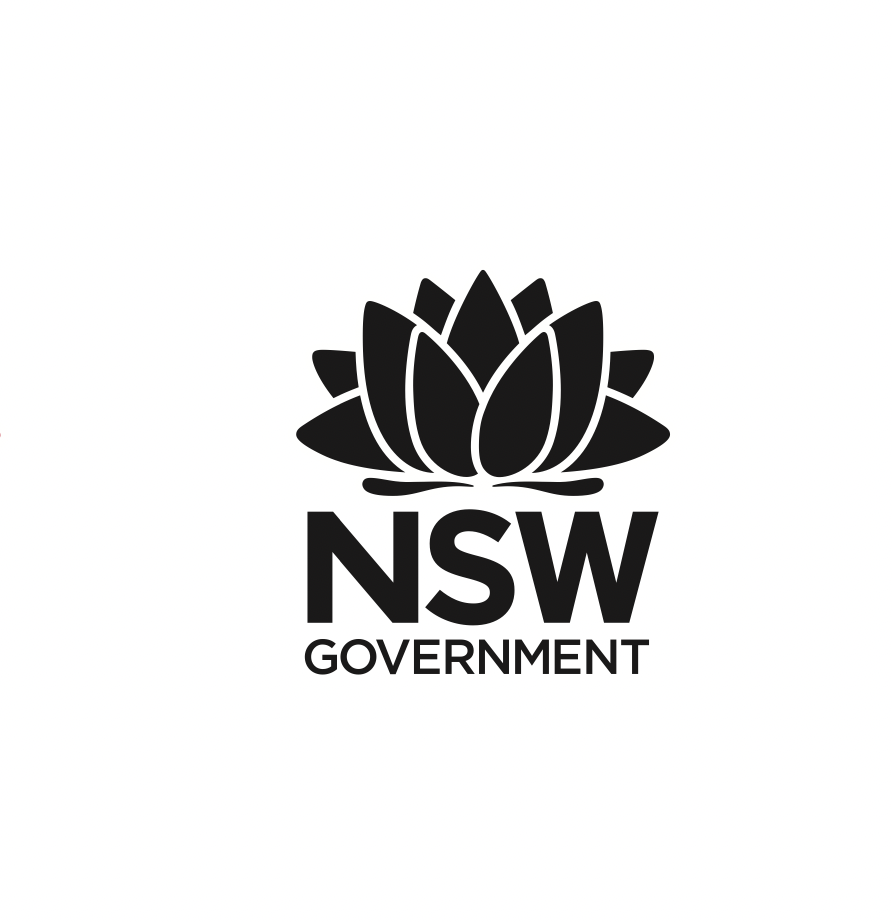Stories I’ve Been Told
Stories I’ve Been Told investigates themes of cultural identity and belonging through an exploration of the artist’s memories of a childhood growing up on the fringes of an alternative religious community in rural NSW. Shuttled between two antithetical cultures, Shanti’s experience left her struggling to belong and uneasy in her own skin. This unease gave rise, ultimately, to a series of questions:
Whose beliefs are these, after all? Whose culture? Whose history? Were they ever really mine?
Decades later, Shanti is seeking to understand how her formative experiences shaped who she has become, and she is creating work about this process. ‘Stories I’ve Been Told’ includes a series of self-portrait photographs in which the artist performs half-forgotten rituals by rote. The resulting images present an undefined and fragmented version of the self. The artist’s form is frequently lost entirely, leaving nothing but the visual echoes of the costumes and paraphernalia of her past.
The works signal the artist’s early intimations of being an outsider. In her attempts to recreate a ritual from her past, they capture the slippery nature of memory as well as her tenuous sense of belonging in a group that promised the gift of acceptance, but, on its own impossible terms.
I was a kid. My position on the fringes was not something I had control over. So I remained uninitiated and peripheral. And of course, partial belonging in this world guaranteed that I wouldn’t belong in another.
Through the process of regression and reenactment the artist identifies her insecure foundation as an edge dweller and highlights the ways in which her identity became a matter of highly self-conscious performance. To get the ritual right was to secure one’s place, to belong.
For thousands of years, rituals have helped us define our place in the world. Yet my experience of ritual is my earliest memory of feeling exposed as an outsider.
The ritual too promised the performer a link to the transcendent, conceptualised in childhood as fully separate from the embodied, earthly realm of human experience. Its reenactment decades later evokes questions: Are the earthly and the transcendent so at odds, in truth? And what is the body in this equation? To which domain does it belong?
In our world, the first teaching was ‘I am not my body’. More than anything, bodily identification was seen as a barrier to spirituality. And sex, in particular, was the rope that bound us to our bodies.
The artist’s incorporeal evocations point to her experiences of problematic embodiedness and more problematic femaleness in a faith community that viewed sexuality as antithetical to spirituality, and women as embodiments of sex. As objects rather than subjects, women were obstacles on the spiritual paths of men.
As I make my offering my form dissolves, apologetic.
In an apparent attempt to fix her fugitive personhood in place, the artist aptly chose to photograph herself. The photograph can be understood as proof; proof that the artist existed in the moment the camera’s shutter closed. The resulting image, though, like memory, remains unclear, fragmented and uncertain.
Stories I’ve Been Told - Tweed Regional Gallery
This project is supported by the NSW Government through Create NSW.








